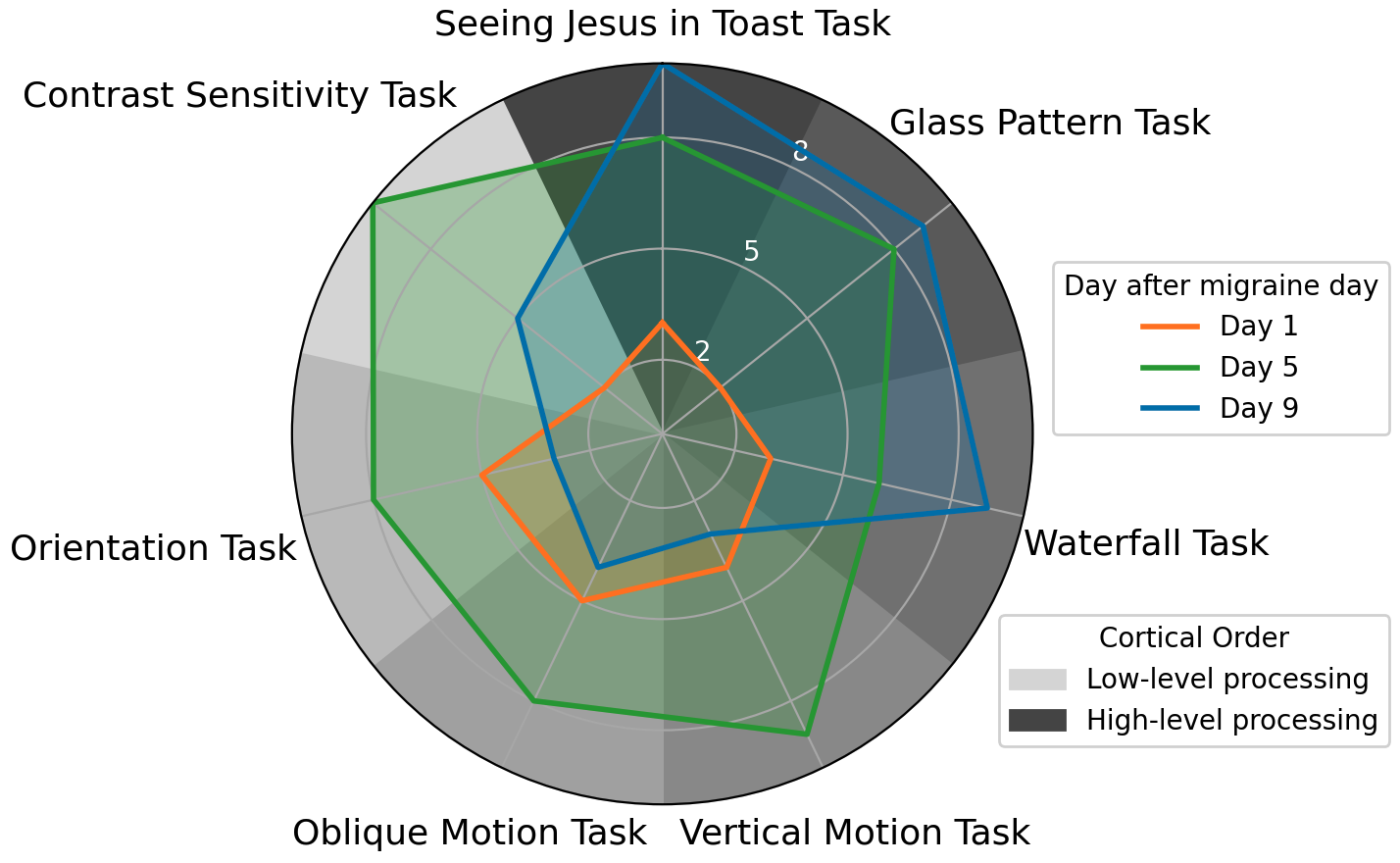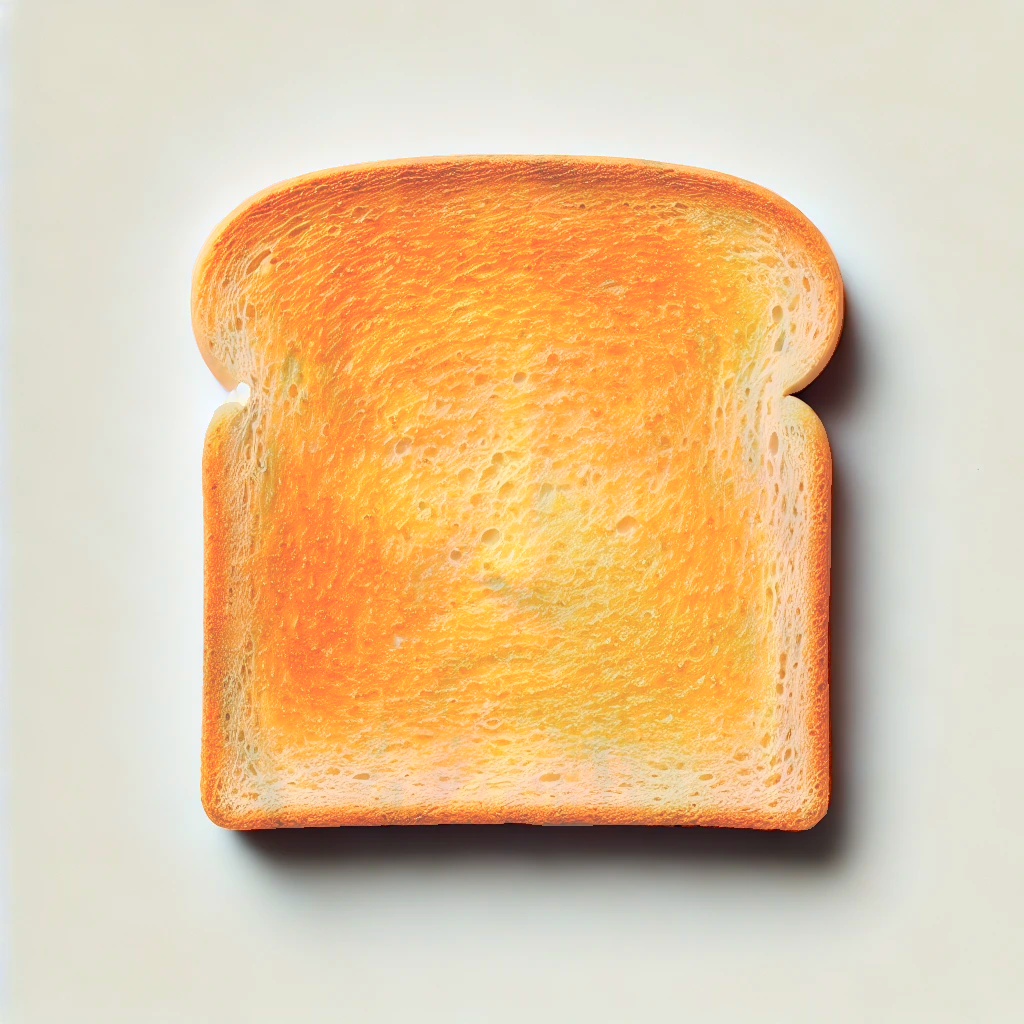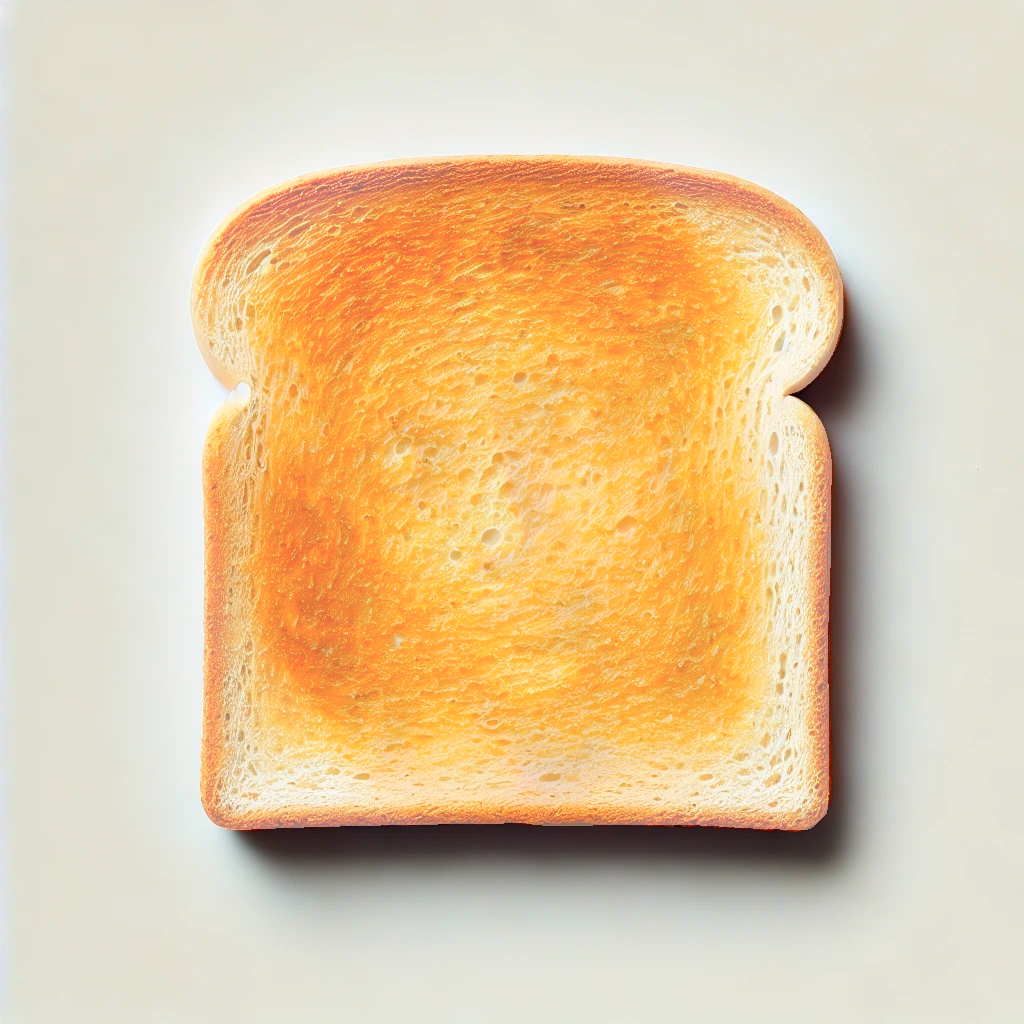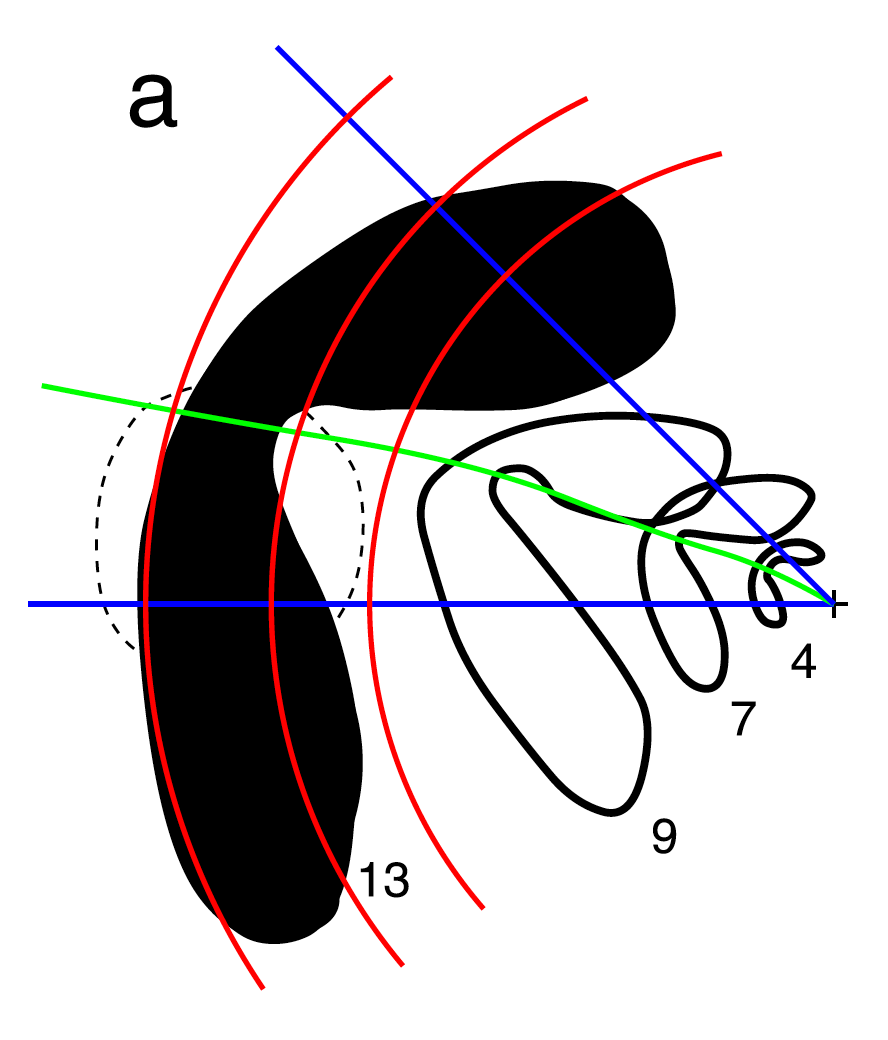Track Your Migraine Cycle
MigraineBrainRadar™ is a new way to track your migraine cycle through simple, research-based tasks — inspired by patient stories, grounded in neuroscience. It’s not a diagnostic yet, but a exploratory tool meant to make invisible patterns visible. We’re now validating it scientifically. We will soon publish the first test here. Stay tuned.

Seeing Jesus in Toast Task
The migraine brain is special.
Every brain spots faces in toast, clouds or in the moon because an evolutionarily honed detection mechanism fires rapidly and erratically, before slower, more selective processes correct the false alarm.
In the images below, it is actually not a flase alram, we digitally “toasted” faces so you can see Jesus (left) or Aphrodite (right) and turned this into a threshold task.


What it tests: Your tendency to see meaningful patterns — like faces or objects — in random or ambiguous visual input, a phenomenon known as pareidolia.
How it works: You’re shown a series of noisy or low-detail images (e.g., blurry toast patterns or clouds). Some contain hidden shapes or face-like arrangements, others are pure noise. You say whether you see something — like a face — and how confident you are.
Why it’s important:: This task taps into how your brain fills in gaps and imposes structure on chaos. An unusually strong pareidolia response may reflect heightened pattern completion processes in the brain — relevant in migraine, psychosis, and even creativity research. It reveals how perception isn’t just passive seeing, but active interpretation.
Glass pattern Task

What it tests: Your ability to detect a global form — like circular or spiral patterns — from locally paired dots that may look like random noise at first.
How it works: You see a screen filled with many small dot pairs. Some of these dipoles are arranged to form an overall shape (e.g., circular or radial), while others are randomly paired to add noise. Your task is to say whether you see a specific structure or not — for example, whether the pattern is circular, spiral, or just noise.
Why it’s important: This tests how well your brain can extract meaningful shape information from a noisy background. Since people with migraines may have altered visual processing, they might need a higher proportion of structured dipoles before they can recognize the pattern, pointing to differences in global form integration.
Waterfall Task
What it tests: Your brain’s ability to adapt to motion — specifically, how long motion-sensitive neurons stay “fatigued” after watching movement in one direction.
How it works: You stare at a screen with dots moving in one direction (like falling water) for several seconds. Then the screen switches to a static pattern. Even though it’s not moving, it looks like it’s drifting in the opposite direction. You report how long that illusion lasts.
Why it’s important: People with migraine — especially those with aura — often experience longer-lasting aftereffects. This suggests their visual brain areas take longer to recover after stimulation, reflecting a general hyperexcitability. It’s a window into how their brain processes motion and why they may be more visually sensitive, even between attacks.
Vertical Motion Task
What it tests: Your ability to detect movement direction — specifically whether dots are moving upward or downward.
How it works: A screen shows many dots. Some move together in one direction (up or down), others move randomly. You need to say whether the overall movement is up or down.
Why it’s important: Migraine sufferers needed a higher proportion of dots to move in the same direction before they could tell which way the group was going. This suggests their motion perception is less precise between attacks.
Horizontal/Oblique Motion Task
Horizontal or near horizontal oblique motion (motion left/right) is processed different from vertical motion. Based fMRI data but also migraine patient reports there is evidence for a functional–anatomical co-adaptation that prioritizes horizontal visual processing—likely due to its ecological importance (e.g., horizon scanning, locomotion, and navigation).

What it tests: Your ability to detect angled motion, like movement that’s both up and to the left, or down and to the right.
How it works: Similar to Task 1, but this time the direction of motion is diagonal. You judge whether the motion was left-leaning or right-leaning.
Why it’s important: This task checks whether people with migraines are worse at spotting motion that isn’t straight up/down, revealing specific weaknesses in the brain’s motion processing system.
Cardinal/ Orientation Task (Vertical/Horizontal/Slanted Lines)
What it tests: How well you can see the overall orientation of many short lines — whether they appear mostly vertical or horizontal with some slanted left or right from vertical.
How it works: You see a bunch of short lines on the screen. Some are aligned in one direction (vertical or horizontal), while others are randomly angled. You say which direction the group seems to be pointing in.
Why it’s important: This measures your brain’s ability to “see the pattern” amid visual noise. Humans are usually worse at detecting slanted lines compared to vertical or horizontal — a phenomenon called the “oblique effect.” The study investigates whether this effect is stronger in people with migraines.
Contrast Sensitivity Task
What it tests: Your ability to detect subtle differences in light and dark — especially low-contrast patterns like faint stripes or blurry textures.
How it works: You’re shown patterns made of light and dark bands (called gratings) that vary in contrast and spacing. Some patterns are bold and easy to see, others are faint or finely spaced. You say whether you see a pattern, and sometimes what direction it’s tilted or moving.
Why it’s important: People with migraine often report visual discomfort or sensitivity, especially to high-contrast stripes. This task measures how their brain processes contrast, revealing either heightened sensitivity (linked to hyperexcitability) or, paradoxically, reduced sensitivity at certain frequencies. It helps map out how migraine affects early visual processing — even between attacks.